The Most Dramatic Rules Changes in US Pro Sports Since 2000
The Most Dramatic Rules Changes in US Pro Sports Since 2000
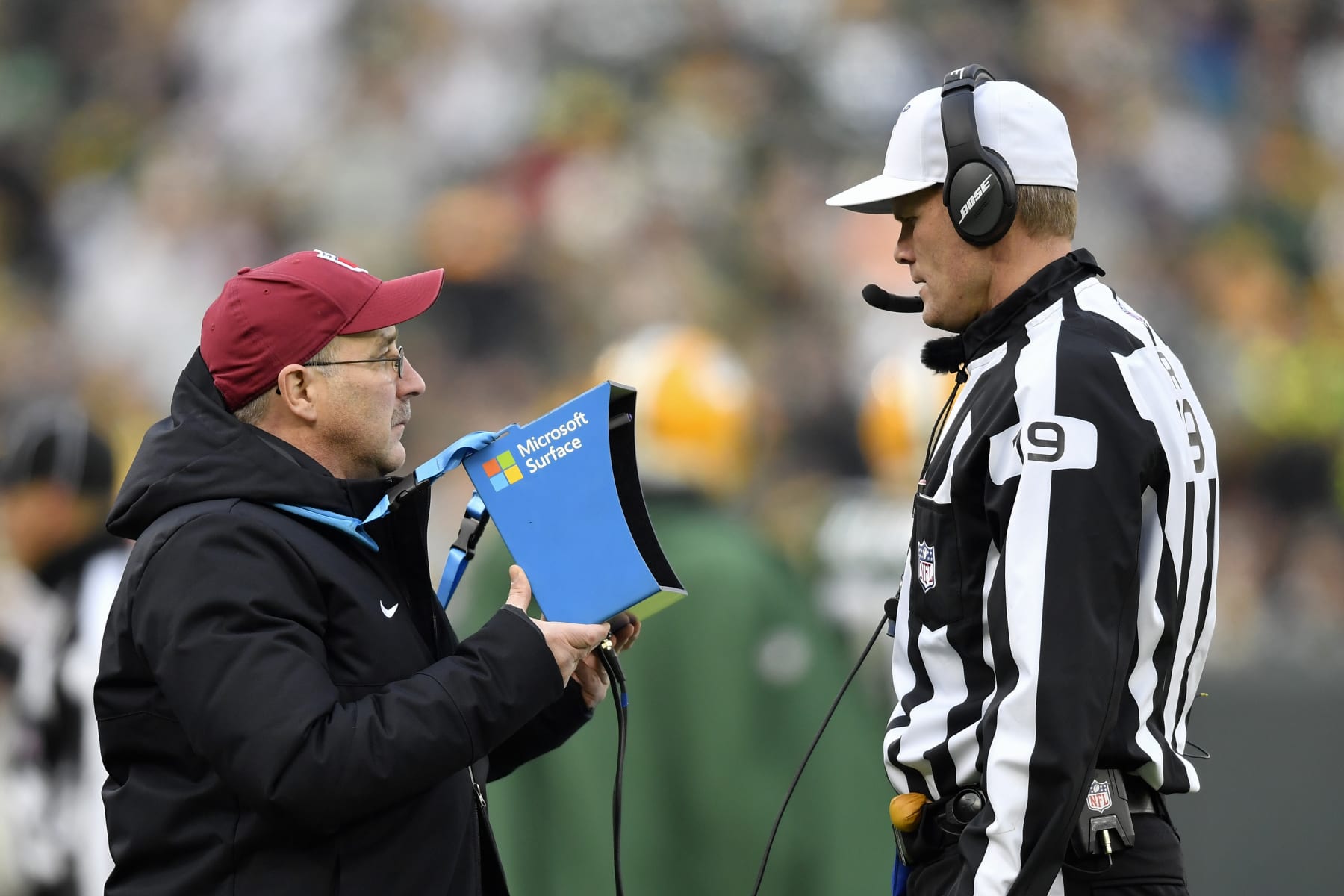
The evolution of sports is often forgotten, but major professional leagues in the United States have continually made tweaks and big changes in hopes of improving their product.
Everything from technology to player safety to entertainment has contributed to dramatic shifts in the last 20-plus years.
Most notably, the prolific, ever-growing usage of instant replay and expanded playoff formats have been a common sight. Each sport is different, but there are common themes tying all of them together.
The focus is the five major professional leagues—the NFL, NBA, MLB, NHL and MLS—in the United States.
Instant Replay for All
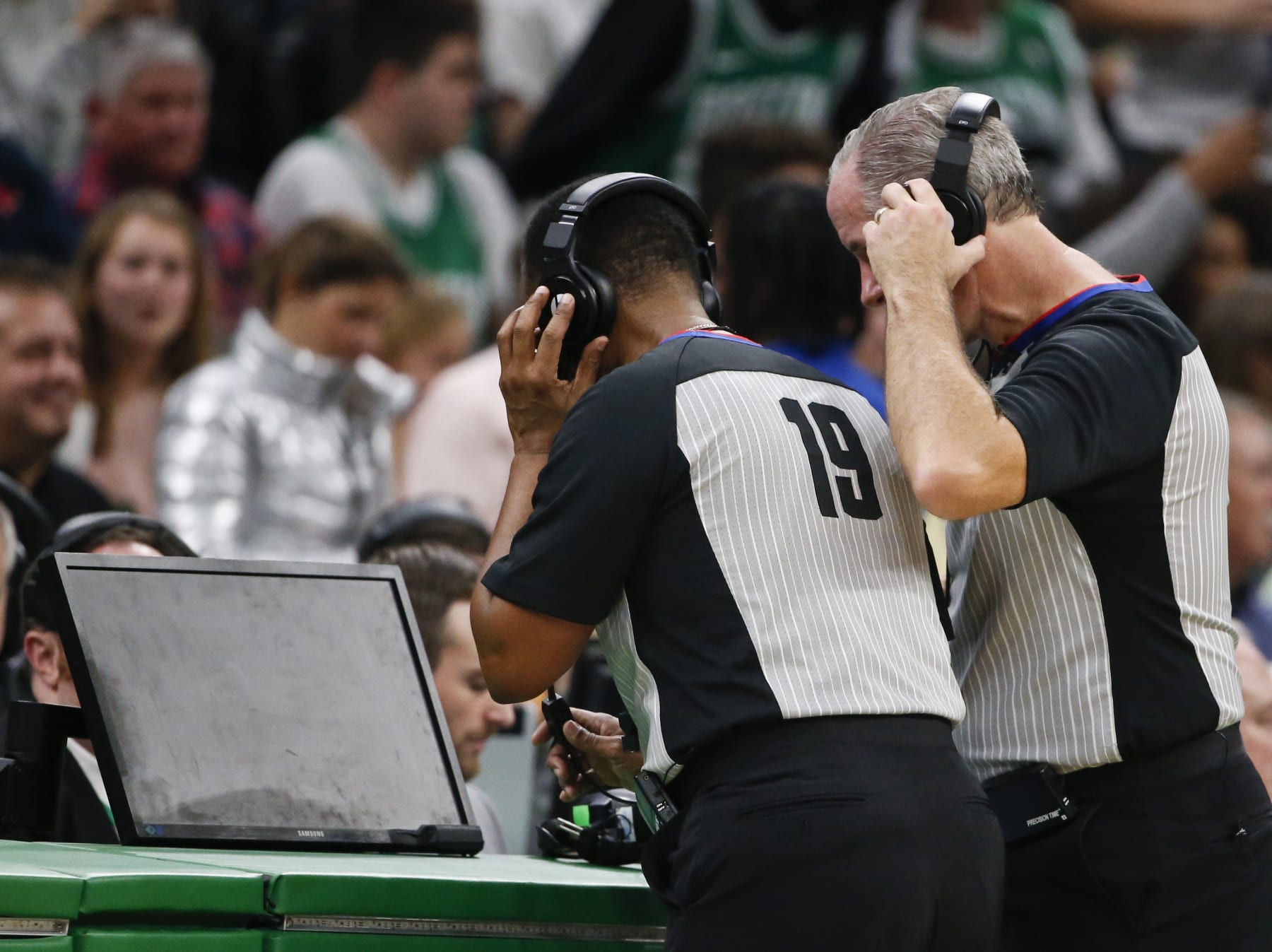
Although professional sports didn't introduce official reviews at once, they've all vastly increased the practice within the last 20 years. Exactly how replays are used varies from sport to sport, but they've become a defining piece of the sports experience today.
The process hasn't been perfect. Initial rules tend to limit what is eligible for review—or when it can happen—until a controversy expands the list, and it continually grows larger.
But the idea remains: Was that a catch or not? Was the player's foot on the three-point arc? Did the puck cross the line?
Head to the monitor, and we can probably find out.
During the 2022 NBA playoffs, for example, Brooklyn Nets star Kevin Durant hit a clutch shot in Game 7 of the series against the Milwaukee Bucks. If it was a two-pointer, the game would be tied. If a three, the Nets would be leading with a second to play. Referees saw Durant's foot on the line, making it a two. And the Bucks ended up winning in overtime.
Throw in tennis, golf, NASCAR—the list of U.S. sports that use replay is extensive. If only MLS would stop living in a self-imposed stone age and institute goal-line technology.
Expanded Postseasons
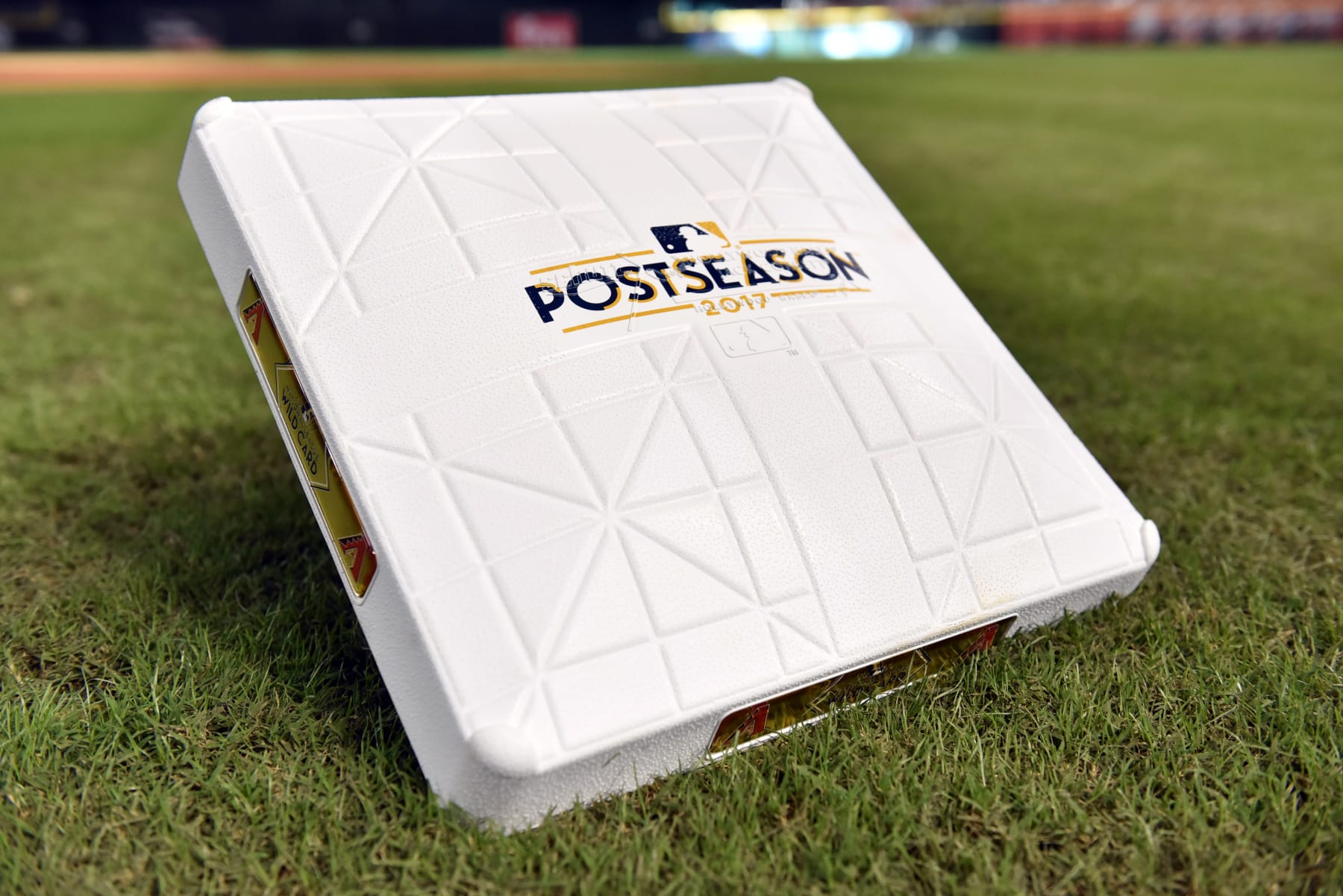
For various reasons, all five major U.S. sports have altered the format of their respective playoffs.
The prime catalyst is obvious: Money.
Most recently, that was the impetus for the NFL to add two playoff spots in 2020. MLB has done the same multiple times and jumped to 12 teams in 2022. An extra couple of games or a full series is worth millions of dollars in advertising revenue, among other income streams.
However, that's not the only factor. Expansion has understandably driven MLS from eight playoff teams out of 14 in 2000 to 14 qualifiers out of 28, as of 2022. The NHL realigned its divisions prior to the 2013-14 season and adjusted how teams qualify for the postseason.
Rounding out the group, the NBA lengthened the opening round to a seven-game series in 2003, tweaked its seeding rules multiple times and added a play-in tournament in 2021.
NBA's Defensive Changes
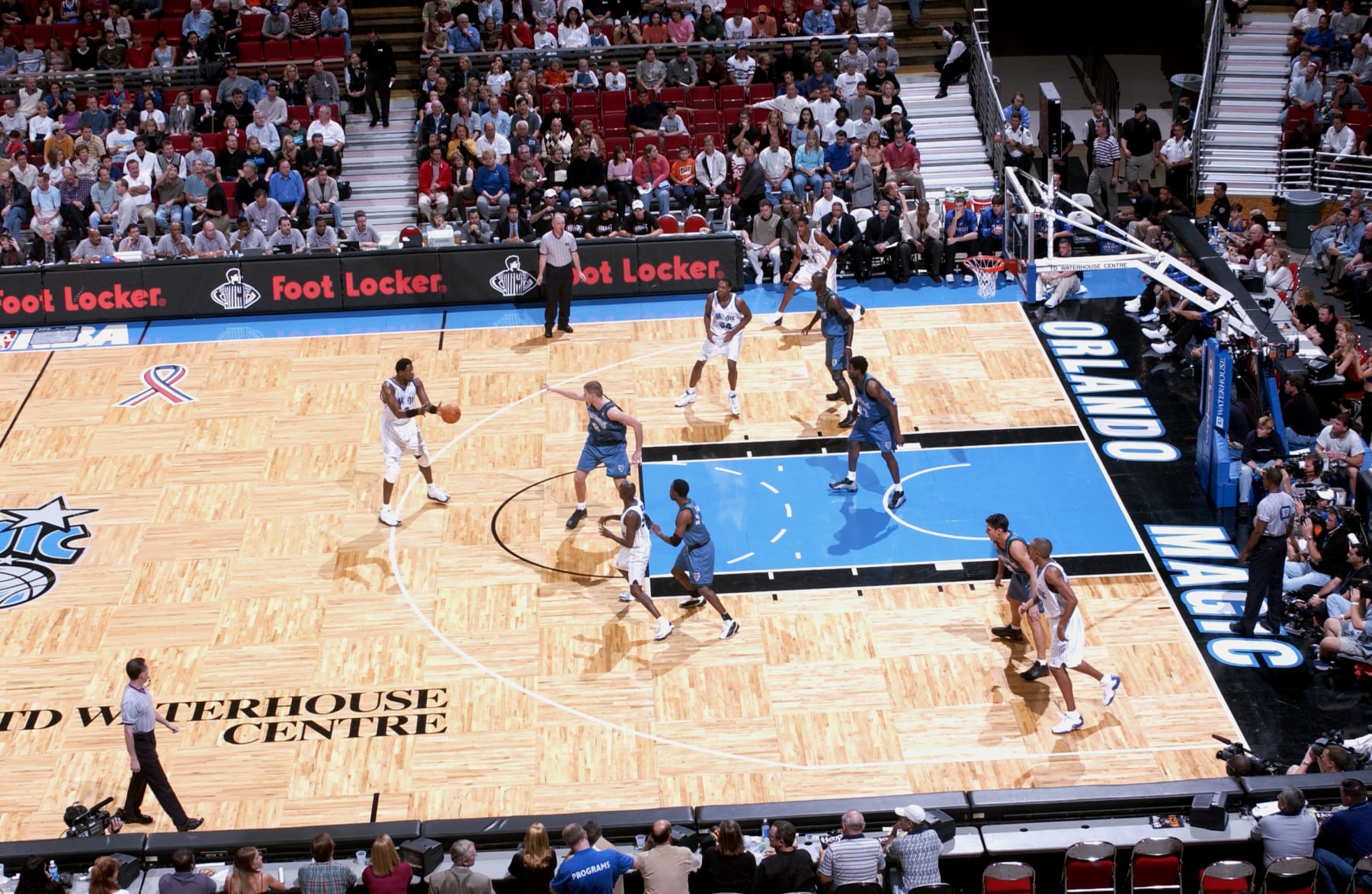
Given the widespread use of zone defenses in today's basketball world, it seems unthinkable that the NBA prohibited the system for six decades.
Not until the 2001-02 campaign did the NBA rescind the zone ban, though the change brought a tweak. The league established a defensive three-second rule, ensuring that players not actively guarding someone couldn't linger around the rim.
For good measure, fast-forward a few years and the NBA eliminated hand-checking.
The collective impact has tilted the game in favor of offenses, though the earth-shaking realization that three-pointers are worth more than two-pointers has also contributed to the prevalence of high-scoring teams.
NHL's Post-Lockout Changes
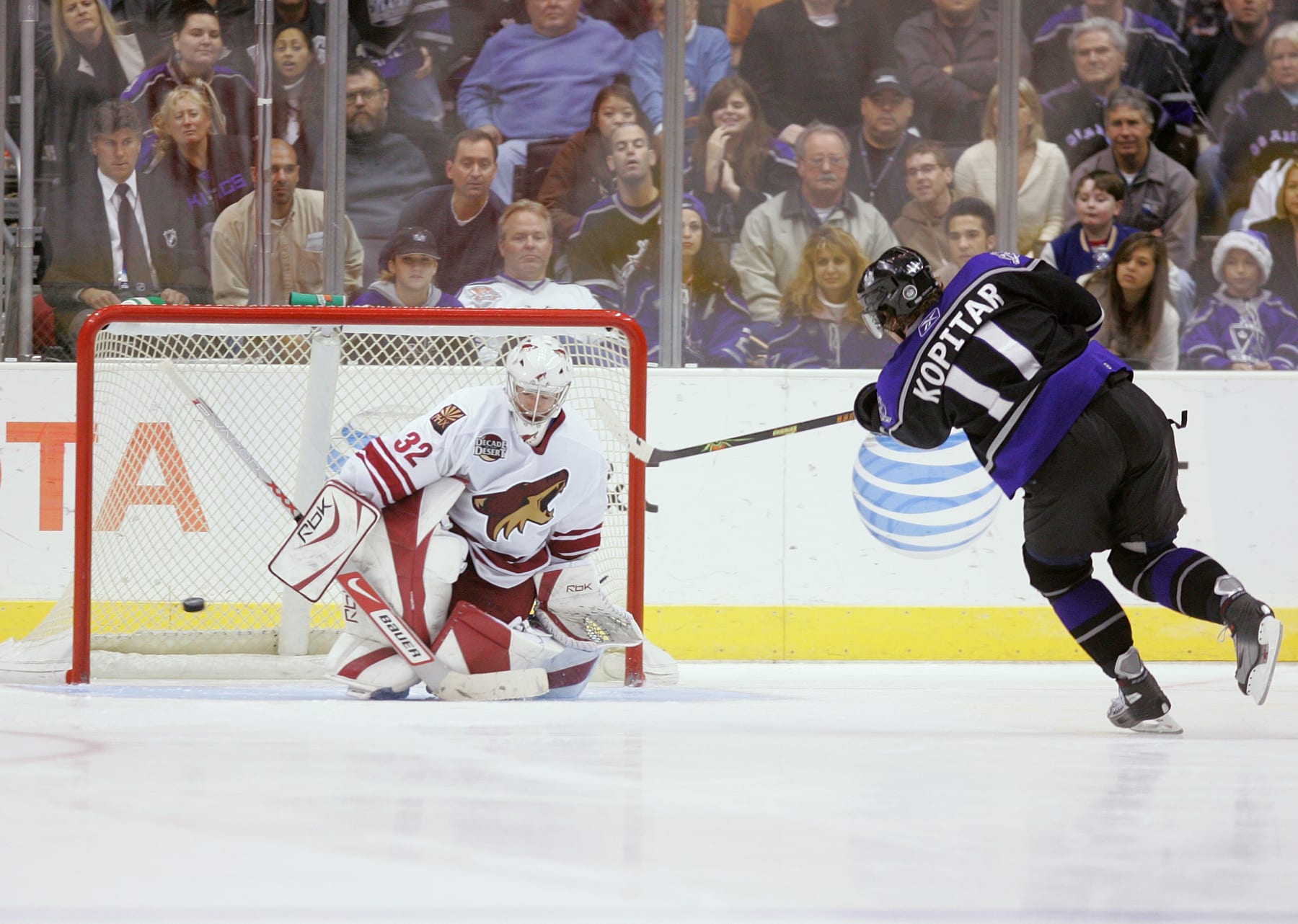
When the NHL emerged from a season-long lockout in 2005, the league unveiled a slew of major changes.
The NHL tweaked rink dimensions to create more space in the attacking zones. Within the game, the league removed a rule preventing two-line passes and added a regulation that whichever team ices the puck cannot make substitutions. Also, the maximum size of goaltenders' pads shrank in an effort to create more scoring.
And none of those were even the biggest modification.
The NHL eliminated ties, tacking on a three-round shootout to the end of a scoreless overtime period. The extra point earned for winning a shootout has routinely impacted the final playoff standings.
NFL's Player Safety Rules
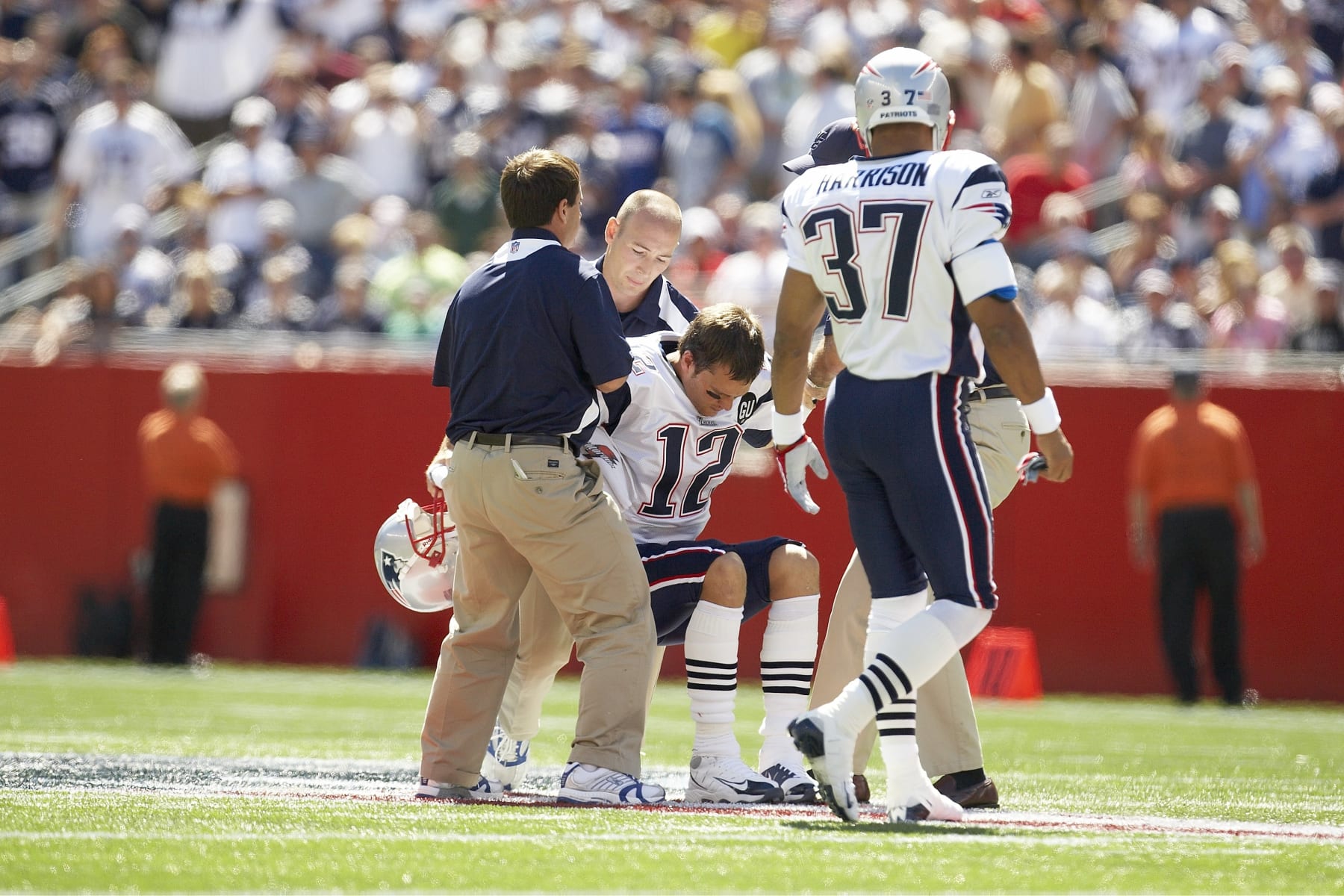
For the NFL, the first options that come to mind might be what constitutes a caught pass, the revamped overtime format or how certain rules are enforced.
However, the push for improving player safety—challenging though it is for such a violent game—has defined the NFL over the last two decades. The league has instituted more than 50 changes that it says are intended to eliminate dangerous tactics or reduce injury risks.
No, we're not naming them all.
But, whew, the list is extensive. Defenders can only hit quarterbacks above the knee. Chop, peel-back and blindside blocks are illegal. Helmet-to-helmet contact is penalized more strictly. Wedge blocks are no longer allowed on kickoffs, and neither is leaping over linemen on field goals. And on and on. And on and on and on and on.
The game is played, coached, officiated and viewed in a significantly different way than 20-some years ago.
MLB Adds DH to National League
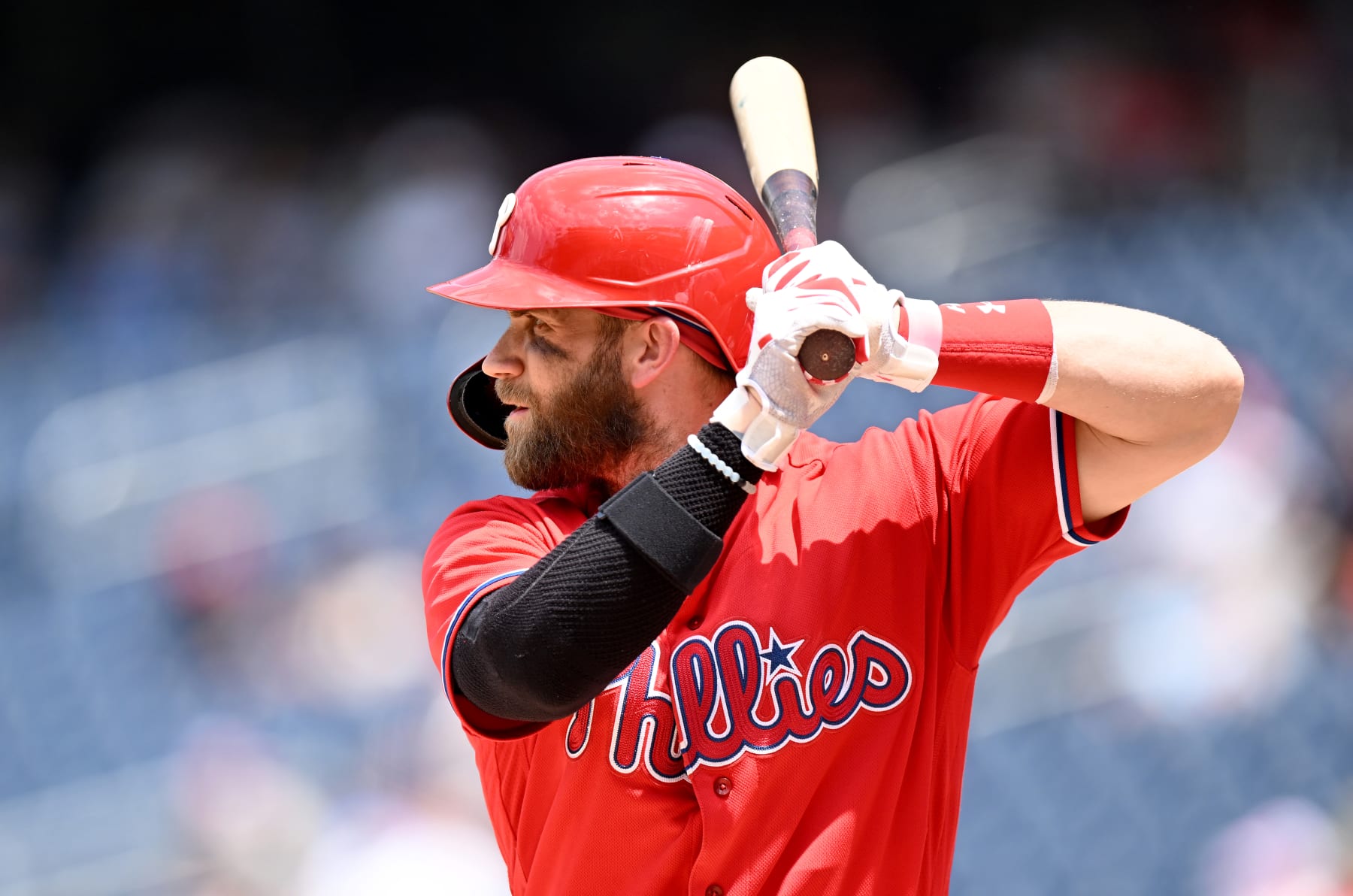
First, a nod to the "All-Star Game decides World Series home-field advantage" nonsense. That, for a terrible reason, existed in Major League Baseball's rulebook from 2003 to 2016.
The rule change with the largest everyday impact, however, is adding a designated hitter to the National League.
For decades, only in American League ballparks could MLB teams keep their pitchers out of the lineup. The inequity made for a neat juxtaposition and demanded some extra managerial thought, but watching a bunch of pitchers—not all, but most—hit .094 with only minimal investment at the plate grew incredibly tired.
MLB instituted a full-time designated hitter for the National League in 2022, and the number of sacrifice hits in the NL dropped nearly threefold. The number of pinch-hit at-bats in the NL fell 64.1 percent as well.
Impending changes—pitch clocks and banning defensive shifts—will likely also be impactful.
